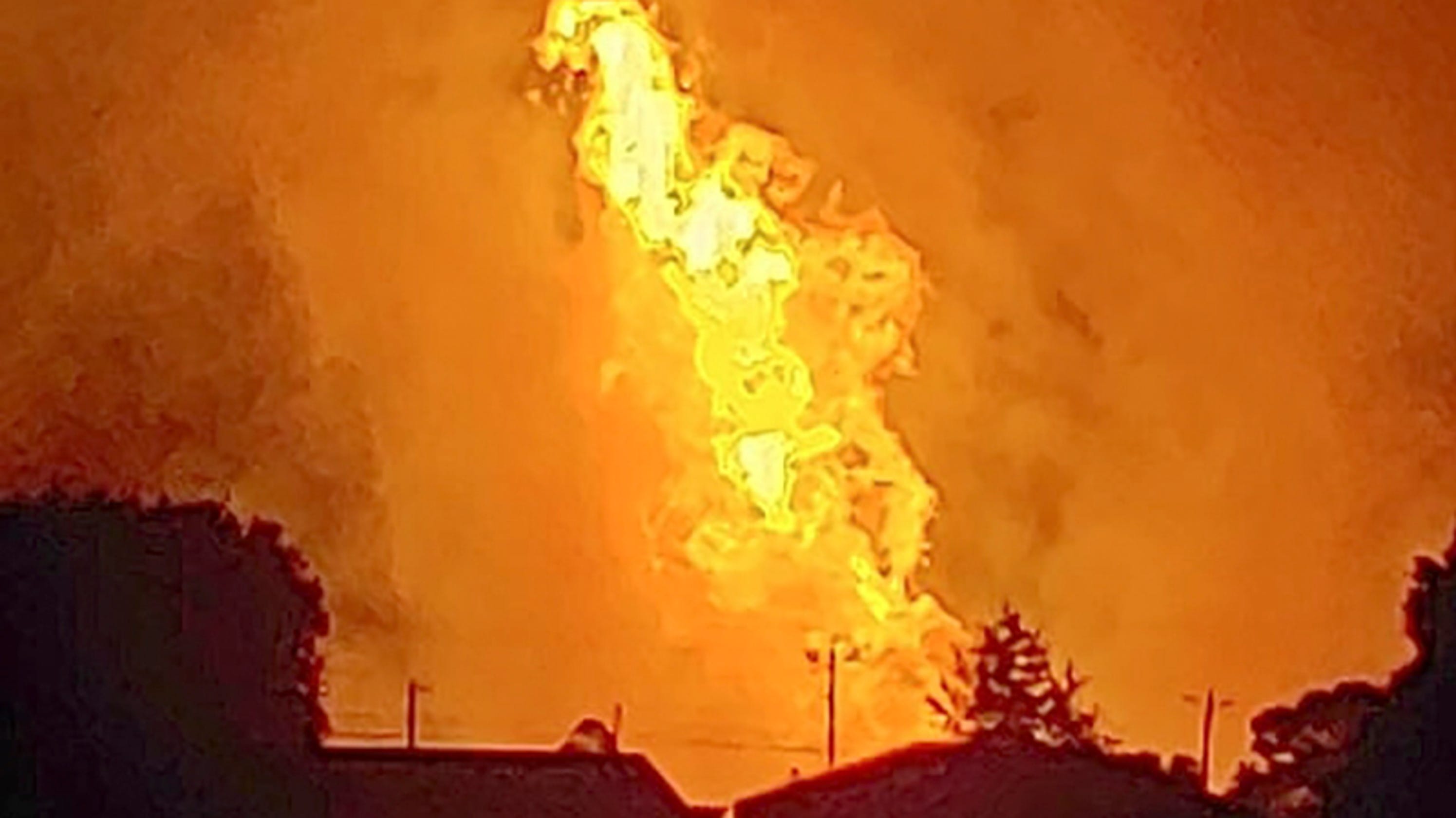Outbreaks of Candida auris have recently erupted around the world

FUNGAL THREAT An emerging fungus called Candida auris (illustrated) can cause deadly infections in people’s blood and organs. Dr_Microbe/iStock/Getty Images Plus
Continue reading at: Climate change could raise the risk of deadly fungal infections in humans
While fungal diseases have devastated many animal and plant species, humans and other mammals have mostly been spared. That’s probably because mammals have body temperatures too warm for most fungi to replicate as well as powerful immune systems. But climate change may be challenging those defenses, bringing new fungal threats to human health, a microbiologist warns.
From 2012 to 2015, pathogenic versions of the fungus Candida auris arose independently in Africa, Asia and South America. The versions are from the same species, yet they are genetically distinct, so the spread across continents couldn’t have been caused by infected travelers, says Arturo Casadevall of the Johns Hopkins Bloomberg School of Public Health.

FUNGAL THREAT An emerging fungus called Candida auris (illustrated) can cause deadly infections in people’s blood and organs. Dr_Microbe/iStock/Getty Images Plus
Continue reading at: Climate change could raise the risk of deadly fungal infections in humans





